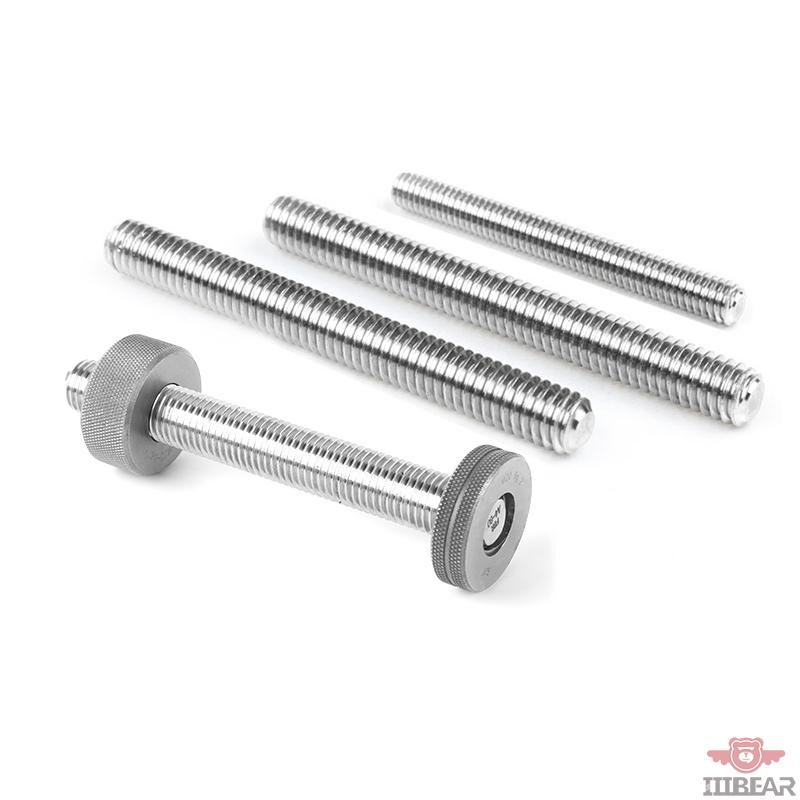Tie rod fasteners are critical components in the construction and industrial equipment sectors, widely used to maintain structural integrity and resist tension forces. These long threaded bars, paired with nuts and washers, are commonly applied in concrete formwork systems, bridges, foundation support, and heavy machinery. Their ability to withstand tensile loads makes them an essential solution for both temporary and permanent structural reinforcement.

What Are Tie Rods and Why Are They Important?
A tie rod is a long, slender bar used to hold two structural elements together under tension. In concrete formwork applications, tie rods run through wall panels, keeping them in place while concrete is poured and cured. In machinery, tie rods hold hydraulic cylinders or mechanical components under pressure, ensuring stability and alignment.
The importance of tie rods lies in their strength and load-bearing capabilities. When properly installed, they distribute stress evenly and reduce the risk of structural failure. In high-load environments—such as tunnels, retaining walls, or bridge support systems—tie rods are engineered to perform consistently over time, even under dynamic or cyclic loads.
Materials and Surface Treatments for Longevity
Tie rod fasteners are manufactured using high-tensile carbon steel, alloy steel, or stainless steel, depending on the demands of the application. For construction formwork, grade Q235 or Q345 carbon steel is often used, offering a cost-effective balance of strength and durability. In corrosive or outdoor environments, stainless steel tie rods (such as 304 or 316) provide superior rust resistance and a longer service life.
To further enhance performance, tie rods can be coated with hot-dip galvanization, zinc plating, or epoxy finishes. These treatments protect against corrosion and wear, especially important in marine construction, sewage treatment facilities, and chemical plants. Selecting the correct material and coating based on environmental exposure helps minimize maintenance and prolong system lifespan.
Applications in Construction, Infrastructure, and Machinery
Tie rods are indispensable in several sectors. In civil engineering, they’re used to reinforce concrete walls, slabs, and columns during casting. Formwork systems rely on tie rods to maintain dimensional stability, ensuring accurate geometry and reducing the risk of collapse during concrete pouring.
In infrastructure projects, tie rods are deployed in bridge construction, especially for anchoring abutments and retaining walls. Their high tensile strength supports horizontal loads caused by traffic, seismic events, or soil pressure. In mechanical engineering, tie rods are found in hydraulic systems, press machines, and large engines—acting as the backbone to align cylinders and maintain sealing performance under pressure.
In all these applications, precision manufacturing and quality control are vital. Tie rods must meet strict dimensional tolerances and mechanical properties defined by standards like ASTM A722, ISO 898, or DIN EN 1992, ensuring consistent performance and safety.
Choosing a Reliable Tie Rod Supplier
When selecting tie rod fasteners, buyers should consider thread length, tensile grade, corrosion resistance, and compatibility with accessories like tie nuts and anchor plates. Working with an experienced manufacturer like IIIBEAR Intelligent Technology Co., Ltd. ensures access to a complete solution—including standard and custom sizes, full product traceability, and fast delivery to global markets.
Our tie rods are engineered to perform under the toughest conditions, with strict adherence to ISO 9001 and IATF 16949 quality systems. Whether your project requires reusable tie rod systems for construction formwork or permanent anchoring in infrastructure, IIIBEAR delivers reliability, strength, and value.
By choosing the right tie rod fasteners and a trusted supplier, you not only enhance construction efficiency but also improve structural safety and reduce long-term costs.

